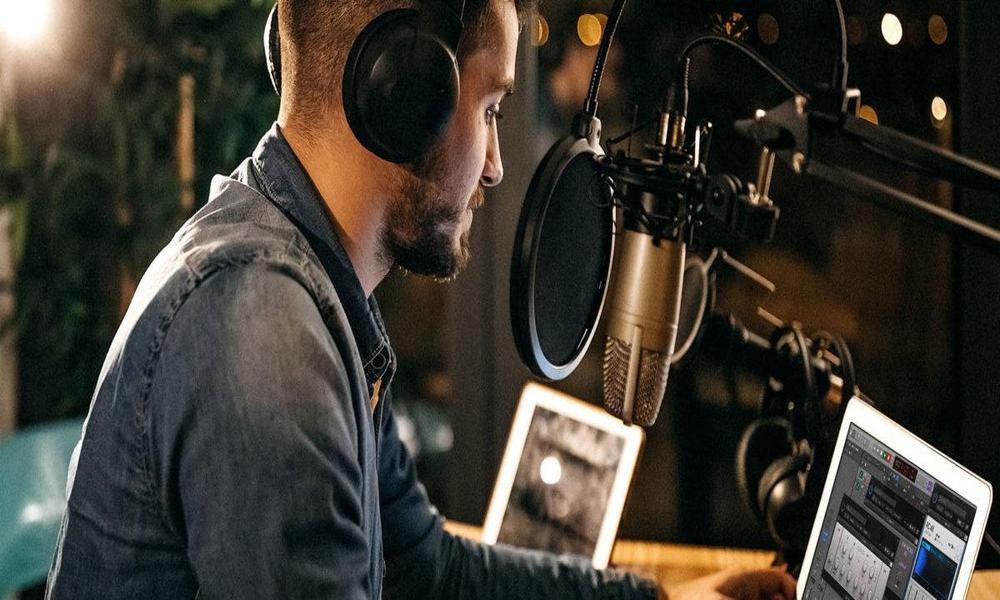
A podcast is a digital audio or video file series available for download or streaming. It is similar to a radio or television show, but it is distributed on the internet and can be accessed at any time by the listeners. Podcasts may cover various topics, including:
- news
- entertainment
- education
- storytelling
- comedy, and more
They are typically episodic, with new episodes released regularly.
Podcasts have gained popularity due to their convenience and accessibility, allowing listeners to enjoy content on-demand and on their preferred devices.
Developing podcast
Podcast production involves the process of creating and publishing podcast episodes. Here are the key steps involved in its production:
- Planning. Determine the concept and format of your podcast. Choose a topic or theme that interests you and will engage your target audience. Plan the structure of your episodes, including the duration, segments, and overall flow.
- Pre-production. Develop an outline or script for each episode. Research and gather the necessary information, interview guests if applicable, and prepare any additional content such as music, sound effects, or pre-recorded segments.
- Recording. Set up a quiet and acoustically suitable environment for recording. Use a good-quality microphone and recording software or hardware to capture your audio. Make sure to speak clearly and maintain consistent audio levels.
- Editing. After recording, edit your audio files to remove any mistakes, long pauses, or irrelevant content. Enhance the sound quality by adjusting levels, adding music or sound effects, and applying noise reduction techniques. Editing software like Audacity or Adobe Audition can be used for this purpose.
- Mixing and mastering. Balance the different audio elements, such as voices, music, and sound effects, to create a cohesive and polished final product. Apply compression, equalization, and other mastering techniques to ensure a consistent audio experience throughout the episode.
- Post-production. Once the audio is finalized, create episode titles, descriptions, and show notes. Add metadata and tags to optimize discoverability. Consider creating promotional materials such as episode artwork or audiograms to attract listeners.
- Hosting and publishing. Choose a podcast hosting platform where you can upload your audio files. The hosting platform generates an RSS feed, a file that contains information about your podcast and its episodes. Submit this RSS feed to podcast directories such as Apple Podcasts, Spotify, Google Podcasts, and others to make your podcast accessible to a much wider audience.
- Promotion and marketing. Develop a promotional strategy to increase awareness and attract listeners. Utilize social media, your website or blog, email newsletters, guest appearances on other podcasts, and collaborations to promote your podcast. Encourage your audience to leave reviews and ratings to boost visibility.
- Ongoing maintenance. Continually produce and release new episodes on a consistent schedule. Engage with your audience through social media, email, or dedicated communities. Monitor your podcast’s performance using analytics provided by your hosting platform and make adjustments to improve its quality and reach.
Podcast production can be a creative and iterative process, so be open to experimenting and refining your approach over time.



